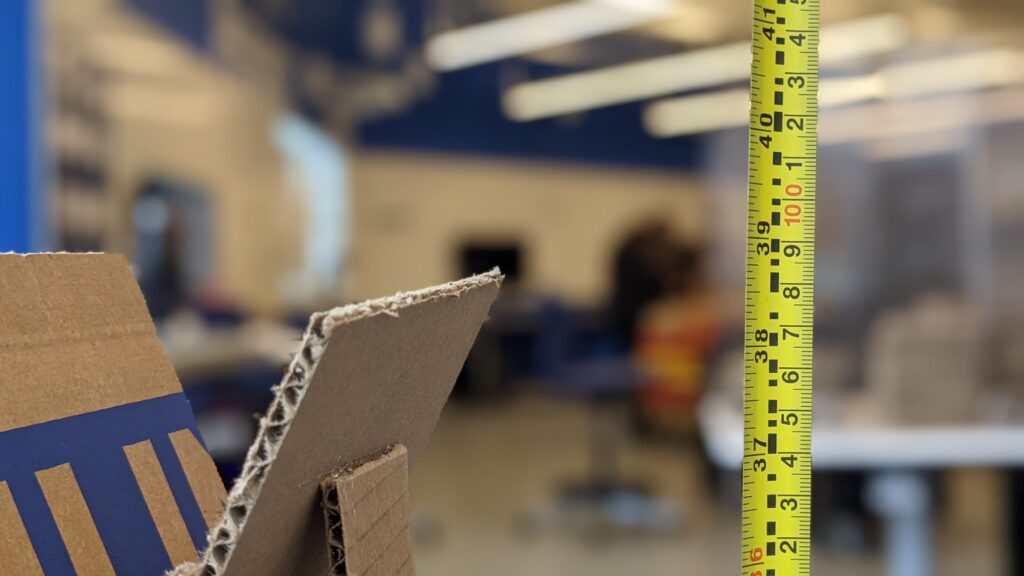Layer height
Often the first setting you consider when 3D printing is how high each layer will be. Your 3D model is converted (sliced) into individual 2D layers. These flat layers are built-up onto each other over time. The height of each layer determines how much detail you can fight along the Z (height) axis of your model. Generally, layer height should not exceed 80% of the nozzle width (standard width is .4mm).
| 0.4mm nozzle | 0.08-0.16mm | Relatively slow; maximum quality for many hobbyists |
| 0.4mm nozzle | 0.18-0.24mm | Standard draft; balancing speed and quality |
| 0.4mm nozzle | 0.28-0.32mm | Rough draft; quick printing with some detail |
Perimeters (walls)
Remember that FDM 3D prints consistent of these parts: bottom & top layers, walls, and infill. One of the best ways to increase the strength of 3D printed parts is to increase the number of lines that makeup the exterior wall of the parts.
| 1 -3 | Basic prototyping, or desired thin walls/vases |
| 3 – 5 | Stronger parts |
| 5 + | Significantly stronger parts |
Infill
The fill pattern inside of your part can range from totally hollow to completely solid. For prototyping purposes, you generally want to fill your part with the minimum amount of infill required to maintain the needed structural integrity. However it should be noted that increasing the number of wall perimeters is often a more efficient way of increasing your part strength. Infill also plays a key role in supporting top layers. Large flat top layer surfaces will benefit from greater infill.
| 0% – 15% | Prototyping parts; strength not needed or sufficient number of perimeters can be used; small – medium flat top layers |
| 15% – 30% | Some strength needed or to support large flat top layers |
| 30% + | Part strength needed |
Combining layer height, perimeters, and infill
Together these three settings will have a big impact on how long it takes to 3D print your model. While there are many other variables involved in slicing, pay close attention to these three for every part. You might think that printing at a larger layer height will comprise your print quality, but with a well-tuned 3D printer, 0.28mm can work for many models. Similarly, you might think that a larger infill amount will mean a stronger part, but increasing the number of walls may give you a better return on time and filament. Always test various settings before you hit “print”!
